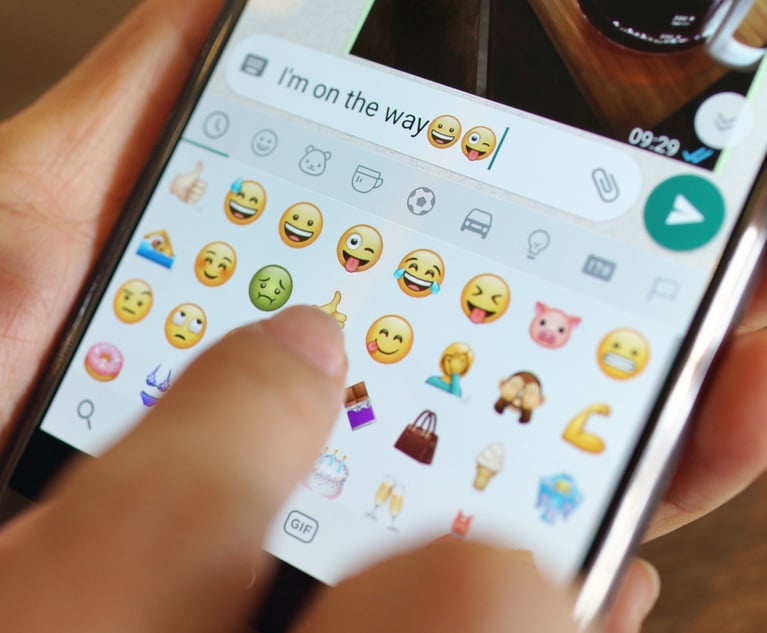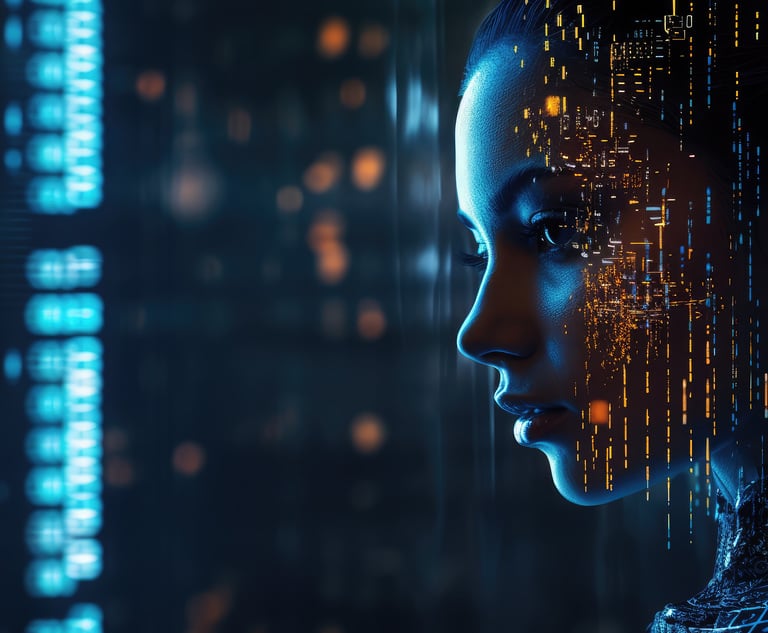 With the aggressive pace of technological change and the onslaught of news regarding data breaches, cyber-attacks, and technological threats to privacy and security, it is easy to assume these are fundamentally new threats. The pace of technological change is slower than it feels, and many seemingly new categories of threats have been with us longer than we remember. Nervous System is a monthly series that approaches issues of data privacy and cyber security from the context of history—to look to the past for clues about how to interpret the present and prepare for the future.
With the aggressive pace of technological change and the onslaught of news regarding data breaches, cyber-attacks, and technological threats to privacy and security, it is easy to assume these are fundamentally new threats. The pace of technological change is slower than it feels, and many seemingly new categories of threats have been with us longer than we remember. Nervous System is a monthly series that approaches issues of data privacy and cyber security from the context of history—to look to the past for clues about how to interpret the present and prepare for the future.
The advent of Unicode character encoding in 1991 largely solved the problem of competing character sets, but the solution opened a new Pandora’s box. Using Unicode to provide enough binary code points to encompass the various written alphabets increased the number of unused code points exponentially. Software developers found new uses for those “extra” codes, for things like emojis. The graphical characteristics of any given emoji, however, can vary across platforms, and these differences can substantively alter the emoji’s meaning. A message composed on one platform but received on another could convey unintended meanings, creating opportunities for severe misunderstandings.






